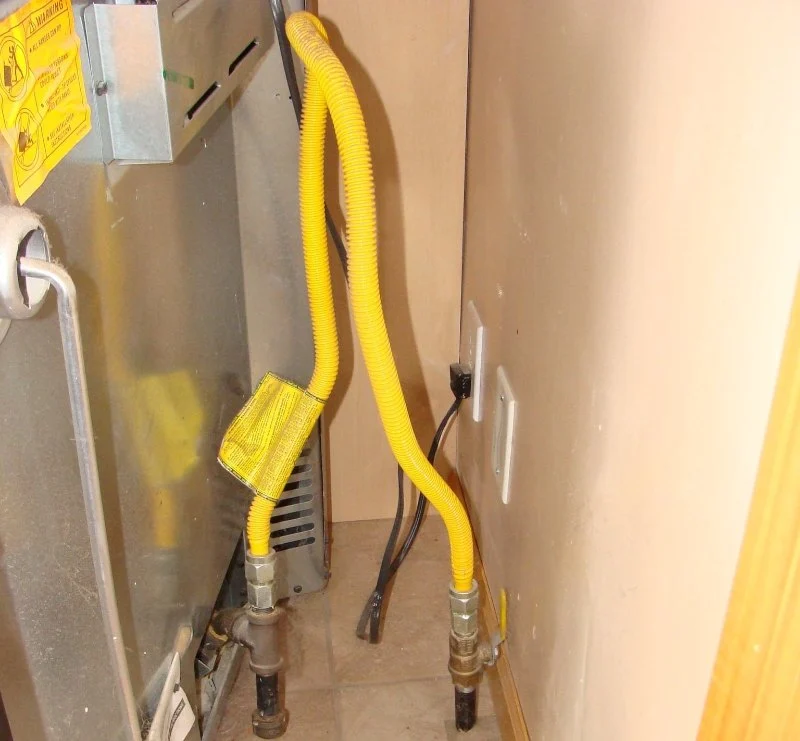
- 1- Why You Need to Replace Your Fuel Line
- 2- When to Replace a Fuel Line
- 3- How to Replace a Fuel Line in a Gas Appliance
- 4- Safety Precautions When Replacing Fuel Lines
- 5- Tips for Maintaining Your Gas Appliance and Fuel Lines
1. Why You Need to Replace Your Fuel Line
Replacing a fuel line in a gas appliance is crucial for ensuring the safety and efficiency of your appliance. Over time, fuel lines can become brittle, cracked, or clogged, which can lead to gas leaks, poor appliance performance, or even dangerous accidents. Regular maintenance, including checking and replacing fuel lines, is essential for keeping your appliances running smoothly and preventing costly repairs or safety hazards.
Whether it’s your gas stove, heater, or any other appliance that relies on gas, a well-maintained fuel line ensures the safe and efficient delivery of fuel. Replacing old or damaged fuel lines is a straightforward task that can prevent serious issues in the future.

Mr. Rooter Plumbing of Indianapolis and Central Indiana
7724 Loma Ct, Fishers, IN 46038, USA
2. When to Replace a Fuel Line
There are several signs that indicate it’s time to replace the fuel line in your gas appliance. Some common signs include:
- Gas Leaks: If you smell gas near your appliance, this could be a sign that the fuel line is damaged and leaking. A gas leak is a serious safety risk and should be addressed immediately.
- Cracks or Visible Damage: Over time, fuel lines can crack, especially if they are exposed to extreme temperatures or wear and tear. Inspect your fuel lines regularly for any visible damage.
- Decreased Appliance Performance: If your gas appliance is not functioning as efficiently as it used to, the fuel line might be clogged or obstructed, reducing the flow of gas to the appliance.
- Old Age: If the fuel line is several years old, it’s a good idea to replace it even if there are no immediate signs of damage, as older fuel lines are more likely to fail.
Addressing these issues promptly can prevent more significant problems down the line and ensure the continued safe operation of your gas appliance.
3. How to Replace a Fuel Line in a Gas Appliance
Replacing a fuel line in a gas appliance is a manageable DIY task, but it requires attention to detail and safety precautions. Follow these steps to replace the fuel line:
- Turn Off the Gas Supply: Before starting, ensure that the gas supply to your appliance is turned off. This is the most critical step in ensuring your safety during the replacement process.
- Disconnect the Appliance: If necessary, disconnect the appliance from the power supply to avoid any electrical hazards. You may also need to remove the appliance from its location to access the fuel line more easily.
- Remove the Old Fuel Line: Locate the fuel line connecting the appliance to the gas supply. Use the appropriate tools to disconnect the old fuel line, being careful not to damage other components.
- Install the New Fuel Line: Measure and cut the new fuel line to the correct length. Attach it securely to both the appliance and the gas supply. Ensure that the connections are tight and properly sealed to prevent any leaks.
- Check for Leaks: Once the new fuel line is installed, turn the gas supply back on and check for any gas leaks. You can use a gas leak detector solution or soapy water to check for bubbles, which indicate a leak.
- Reassemble and Test the Appliance: Once you’ve confirmed that the new fuel line is securely attached and leak-free, reassemble the appliance and test it to ensure proper operation.
Replacing a fuel line is relatively simple, but if you’re unsure or uncomfortable with the process, it’s always best to call a professional plumber or technician to handle the replacement.
4. Safety Precautions When Replacing Fuel Lines
When replacing a fuel line in any gas appliance, safety should always be your top priority. Here are some essential safety tips:
- Work in a Well-Ventilated Area: Always work in a well-ventilated area to avoid the accumulation of harmful gas fumes. Open windows or doors to allow fresh air circulation.
- Use Proper Tools: Make sure to use the correct tools for disconnecting and reconnecting the fuel line to avoid damaging the appliance or causing gas leaks.
- Check for Leaks Before Using the Appliance: Never use the appliance until you’ve thoroughly checked for gas leaks. Even a small leak can pose a serious risk.
- Seek Professional Help if Needed: If you’re unsure about replacing the fuel line or if you encounter any issues during the process, don’t hesitate to call a professional for assistance.
5. Tips for Maintaining Your Gas Appliance and Fuel Lines
Once you’ve replaced the fuel line, it’s important to maintain your gas appliance to ensure its longevity and efficiency. Here are a few tips to keep your appliance and fuel lines in good condition:
- Regular Inspections: Periodically check your fuel lines for any signs of wear, cracks, or leaks. Early detection of problems can prevent costly repairs.
- Clean the Appliance Regularly: Keeping your appliance clean can help prevent debris and grime from accumulating in the fuel line, ensuring better performance.
- Schedule Professional Maintenance: Have a professional technician inspect and service your appliance regularly to ensure it’s operating safely and efficiently.
By following these maintenance tips, you can extend the lifespan of your gas appliance and prevent the need for frequent fuel line replacements.
For more information on fuel line replacement and the best tools and products for home repairs, visit Plumbers Supply Hub for expert recommendations and high-quality products.







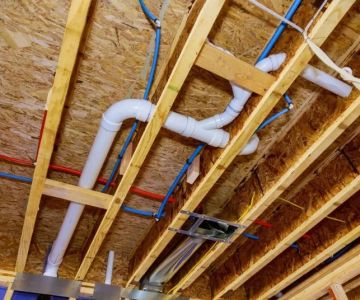
 Red Line Rooter3.0 (7 reviews)
Red Line Rooter3.0 (7 reviews)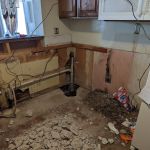 RIGHTWAY PLUMBING4.0 (187 reviews)
RIGHTWAY PLUMBING4.0 (187 reviews) Bayless Plumbing Sewer & Drain LLC4.0 (18 reviews)
Bayless Plumbing Sewer & Drain LLC4.0 (18 reviews)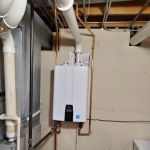 M J Plumbing4.0 (19 reviews)
M J Plumbing4.0 (19 reviews) Pro Plumbing Plus Electric4.0 (634 reviews)
Pro Plumbing Plus Electric4.0 (634 reviews) Lange's Plumbing & Heating4.0 (71 reviews)
Lange's Plumbing & Heating4.0 (71 reviews)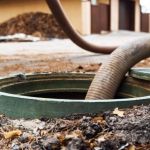 How to Clean Out a Septic Drain Field Safely
How to Clean Out a Septic Drain Field Safely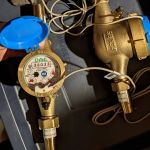 How to Install a Water Meter for Irrigation
How to Install a Water Meter for Irrigation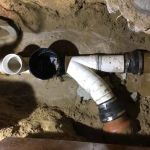 How to Test a Backwater Valve in Your Sewer Line: A Step-by-Step Guide
How to Test a Backwater Valve in Your Sewer Line: A Step-by-Step Guide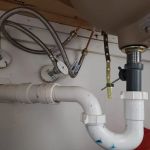 How to Repair a Sink That Drains Faster Than Faucet: Fixing Plumbing Issues Efficiently
How to Repair a Sink That Drains Faster Than Faucet: Fixing Plumbing Issues Efficiently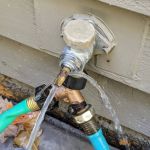 How to Replace a Spigot That Leaks Only When Turned On – A Step-by-Step Guide
How to Replace a Spigot That Leaks Only When Turned On – A Step-by-Step Guide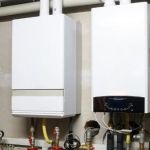 How to Choose a Tankless Water Heater for a Family Home
How to Choose a Tankless Water Heater for a Family Home